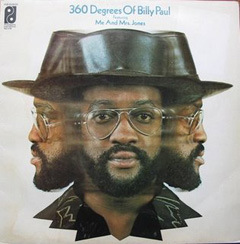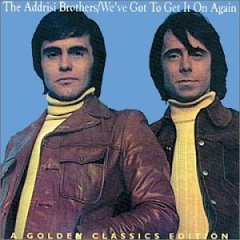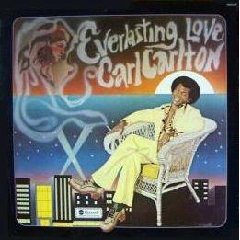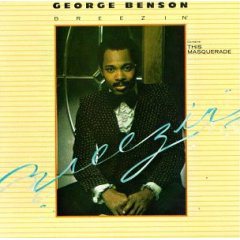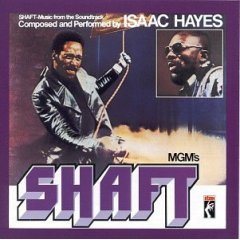As usual.
I managed to miss posting on the second anniversary of AM, Then FM earlier this week.
I’ll take my cue from the Oscars and try to have my say before the band starts playing.
Thanks to our many readers, to our regular e-mail correspondents, to our occasional commenters.
Thanks to Janet and Evan for putting up with all the records. Maybe we’ll get the office organized one of these days weeks months years.
Thanks to all my fellow music bloggers. They’ve hepped me to countless great tunes and have become good friends along the way.
OK, OK, I hear the band.
Here’s a reminder that AM, Then FM, has another blog on the side. Shocking, I know. At the end of every month, The Midnight Tracker rolls out one side of an album that ought to be heard again. Here’s the first cut from this month’s side, a tune I heard first on another blog.
“Am I Black Enough For You,” Billy Paul, from “360 Degrees of Billy Paul,” 1972. Listen to the rest of Side 2 over at The Midnight Tracker.
Because we’re celebrating our second anniversary, here’s a second tune.
We’re from Wisconsin, and we write about its music from time to time.
We’ve written about Clicker, a hard-working rock/pop/original/cover show band that played countless Wisconsin clubs, dance halls and roadhouses in the early and mid-’70s. We’ll write about them again, trust me. Nothing draws more comments — all wonderful memories of that time — than those posts about Clicker.
“Two of a Kind,” Clicker, from “Har De Har Har,” 1975. It’s out of print. I rarely see it when record digging but have seen it twice in the last month. Go figure.

